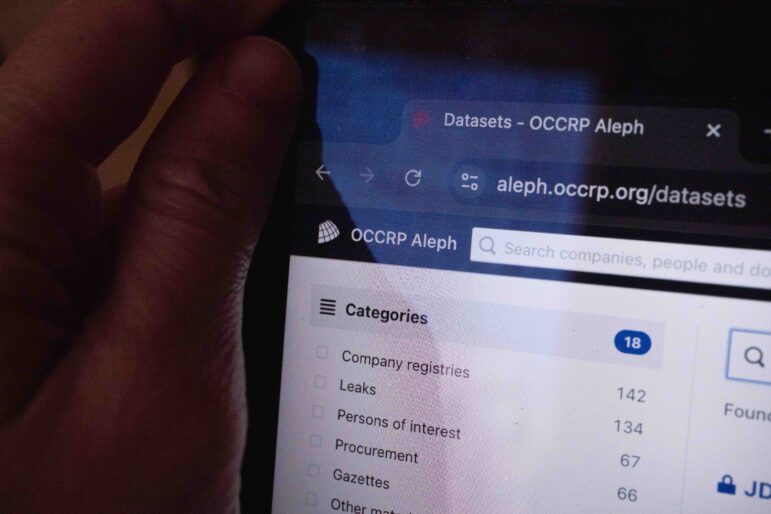Storify
By Nils Mulvad, Danish School of Journalism — Storify is right now perhaps the best content management system to integrate elements from social media to a story.
Of course, we will see other content management systems develop for this, but in the meantime we can see how to use this tool in investigative journalism by starting with a re view of how it is being used in journalism in general.
Five categories for Storify-use
Mallary Jean Tenore posted a really good overview at Poynter.org on November 21, 2011:
She said 5 types of stories that make a good Storify are:
Social movements: Like Occupy Wall Street.
Breaking News: Like the killing of Osama Bin Laden.
Internet Humor: Like this Danish for progress [link] as the new
brand for Aarhus.
Reaction stories: Clipping the important conversations together.
Weather: Disasters – video clip from victims and others.
In her overview Mallary Jean Tenore brings a lot of good tips on how to use Storify as one element together with other elements in a coverage. It’s also a good idea to follow Storify’s own overview of the best use of their tool.
I will add one more category: Investigative stories. And like her I will sub-divide the use in four types.
1 – Saving tweets for later restructuring
It’s a big problem that tweets disappear after a short period. If you use a hashtag to follow an event, tweets is only to be found for very
few days. Making a Storify with the important tweets from that event can be crucial for later potential for restructuring what actually happened.
2 – Making a first presentation of a problem
When covering an event sometimes the first hints to something more to cover is a bg topic of discussion at that event. We had two students, Anders Frost Brandstrup and Rasmus Hjorth Karkov, covering Denmark Open in badminton. They did this Storify (in Danish):
Chinese players accused for cheating
This is a fast way to mix tweets, Youtube-videos of discussed matches, interviews, and short overview. This means they during a really intensive work on the daily beat can do a fast collection of the material and present this. This is not the final investigative story, proving what happened, but a great starter.
3 – Uncovering false identities/tweets
A really important part of using social media is the question of reliability. Who can we trust out there? And who uses this fast system to spread false information. A new part of our job will then be to develop these methods, and to uncover the false identities.
A great example of a Storify on that has been done by the tweet-curator Andy Carvin from National Public Radio in US:
The Gay Girl in Damascus that wasn’t
4 -Sharing methods
Participating in conferences on investigative journalism will give you a lot of tweets for that specific conference, using the conference-hashtag. That’s a great tool during the conference, but who has time to check it all out during the conference. And soon after all tweets are gone.
I would love to have a well-structured Storify of the important tools, links and advices from such a conference. For making this handout, I couldn’t find one from the latest conferences I have been to. But it will soon follow.
Other areas of use
These categories and examples show a clear starting point with obvious advantages of using Storify. But we will see all this develop rapidly. Try out the possibilities – whenever a story or topic has a great potential for being tweeted about or in other ways trigger the use of social media.
Look at Storify’s website to follow examples.









